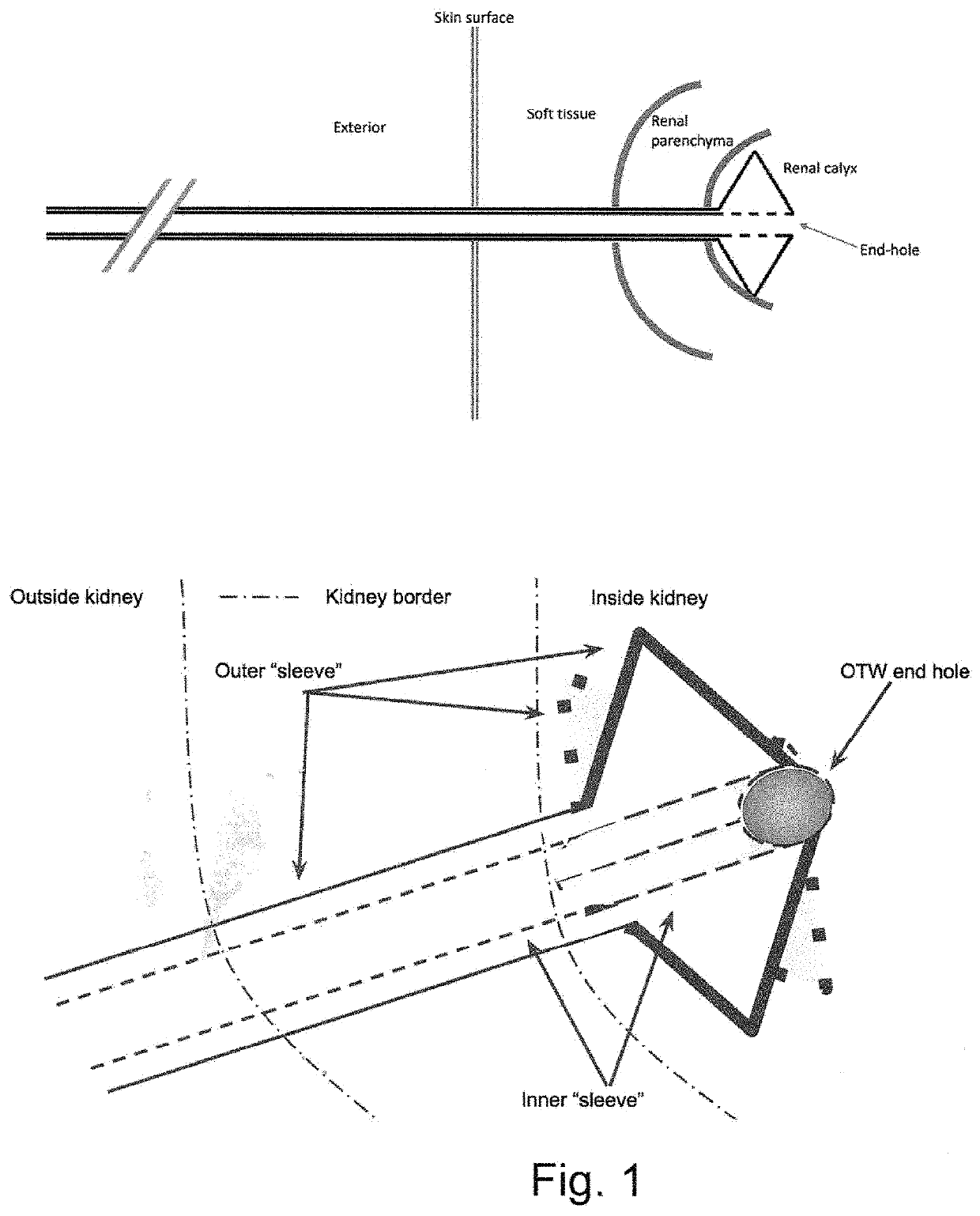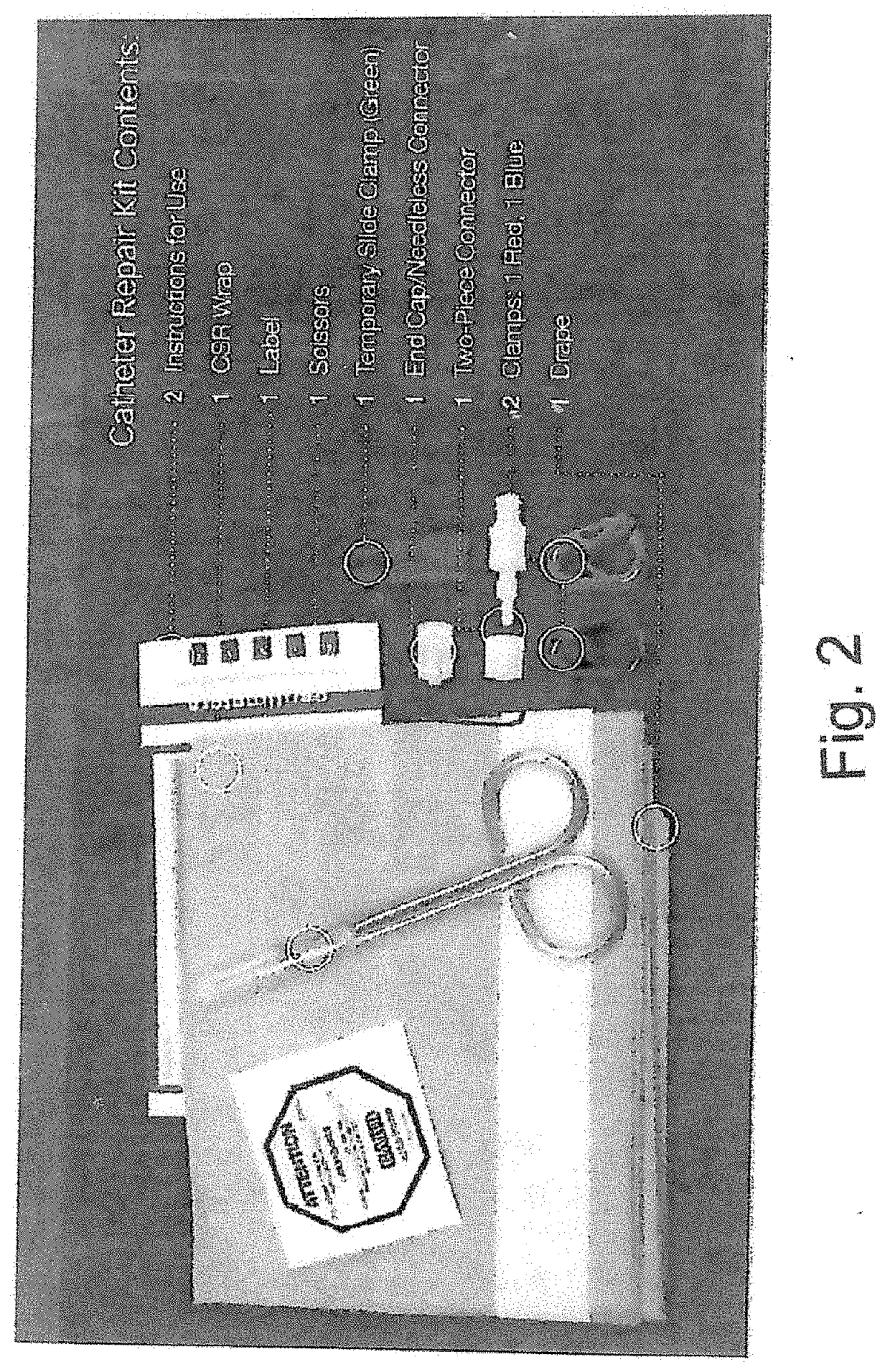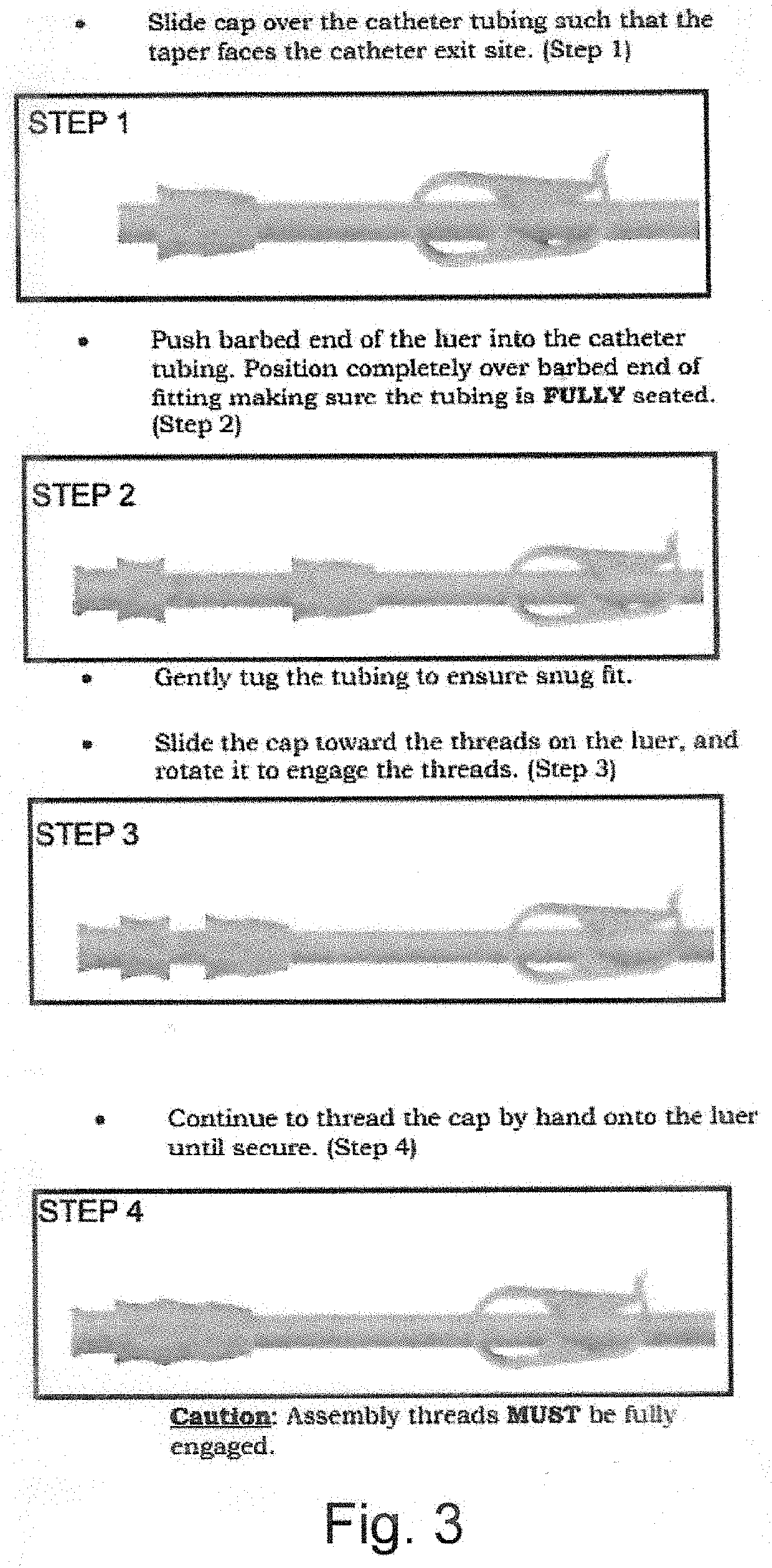Failed
instrumentation and daily care of the tube and procedural site are not only nuisances, but they can
impact patient health, possibly leading to
sepsis if not treated in a timely manner (10).
The
urine collection bags are known to be uncomfortable.
Patients constantly report an inability to sleep on their back or side due to pain from the nephrostomy tube, affecting sleep quantity and quality and leading to an overall decrease in
quality of life for patients.
According to UpToDate, low
sleep quality can lead to issues such as
anxiety, depression, poor judgement, and workplace errors.
Patients with chronic decreased sleep are found to do less of the activities they enjoy, be immunosuppressed, have decreased efficiency at work, increased BMI, and an
increased risk for cardiovascular events (11).
These devices can dislodge and break, which is a burden to hospitals, healthcare professionals and patients, as described above.
The hub and
stopcock are bulky pieces composed of hard plastic that can cause discomfort to the patient as described above, affecting their
quality of life.
This technique also requires many steps.
Nevertheless, placement of the rigid sheath still involves angular shearing forces and several steps.
Larger incisions are typically more unsightly than smaller incisions, take longer to heal than smaller incisions, result in an undesirable amount of
scar tissue relative to the amount of
scar tissue generated as a subject heals from a smaller incision, and
pose a greater
risk of infection from the procedure and as the subject heals from the procedure.
However, there is also evidence that a lack of
blood flow out of the organ due to venous congestion can be a clinically important sustaining injury.
Whether the primary insult was low
perfusion due to
hypovolemia or
sodium and fluid retention, the sustaining injury is the venous congestion resulting in inadequate
perfusion.
Hypertension directly impacts
afferent arteriole pressure and results in a proportional increase in net
filtration pressure within the glomerulus.
The elevated renal
venous pressure creates congestion that leads to a rise in the interstitial pressures.
In both instances, hypoxia can ensue leading to cellular injury and further loss of
perfusion.
However, such a clinical strategy provides no improvement in
renal function for patients with the cardiorenal syndrome.
Due to the depth of the tissues surrounding the
kidney and the variation of the renal position caused by ventilation the surgeon is asked to hit a small moving target positioned deep inside the body and slight imprecision in needle positioning may lead to complete failure to access the desired space.
Subsequently, surgeons are required to grasp a needle using either their hands by placing them directly inside the
fluoroscopy beam or using a
needle holder or device for holding the needle thereby decreasing their control and ability to perceive tactile subtle cues regarding tissue densities.
In contrast, the stochastic effects of
radiation are not directly
dose dependent and may occur at any time following
radiation exposure and may include genetic damage,
cancer, and mental effects.
High levels of
radiation exposure have been recognized as a potential carcinogenic risk to the patient since the high-energy radiation may cause
DNA mutation.
It has been shown that a few minutes of fluoroscopy time at standard settings will confer a 1 / 1,000 risk of developing fatal
cancer.
Further, fluoroscopy
exposure is also known to have a
cumulative effect over time, increasing the risk of stochastic effects on both the patient and the staff members, including the physician.
Without adequate anchoring or support, catheter dislodging may result due to body movements by the patient or under other conditions.
There are disadvantages of relying on a configuration such as the
pigtail or the malecot rib as the sole anchoring mechanism.
The actuation of a
pigtail loop may not result in a precise placement because the
pigtail has some
compressibility and may migrate within the
body cavity, causing movement at the proximal end of the catheter near the incision area as well.
Another potential problem relates to the structure of the pigtail.
Such a collapse would destabilize the location of the catheter and adversely affect drainage.
Additionally, the pigtail may be difficult to form or engage in small collection pools or may float in larger collection pools.
Such valves shall not contain any
dead space where fluid can collect and not be readily flushed away.
Restricting the flow path in such a manner may create conditions for hemolytic damage.
Such restrictions also make the valve generally more difficult to flush.
Such flash would then be found at the proximal end of the stem and present a possible danger if removed by the action of a penetrating luer connector as this would case the flash to be pushed into the fluid flow path.
Often the instrument used to inject or withdraw the fluid (which is generally the male component of the
syringe), retains some of the fluid on the tip thereof, thus providing a risk to nurses and doctors of being exposed to the fluid.
Some similar devices currently on the market employ thin ribs or cannula-like housing details, which might be susceptible to breakage.
Such breakage could damage the flexible sealing stem in the valve, or the flash could become loose inside the flow path.
The same ribs or narrow housing channels present obstacles for smooth fluid flow, thus restricting flow and, in the case of blood transfer, they increase the risk of mechanical hemolytic damage.
Due to the increase of CAUTIs, the Centers for Medicare and Medicaid Services (CMS) will not allow hospitals to be reimbursed for treating a hospital acquired CAUTI because nosocomial CAUTIs and are believed to be “reasonably preventable.” The cost of treating UTIs could cost U.S. hospitals between $1.6 billion and $7.39 billion annually in lost Medicare reimbursements since treating each CAUTI incident may cost between US$600 to US$2,800 to treat.
If such a system is breached (e.g., by inappropriate opening), then microbes may enter the extension tubing and catheter and travel up into the
urethra or body wall of the patient and infect the patient.
Such prior art does not incorporate any anti-
reflux check-valve within the primary urinary extension tubing running from the
indwelling catheter to the
urine bag.
However, the
urine collection system between the urine bag and the patient is vulnerable and presently has no barrier against urine
backflow.
If untreated, the blockage will eventually lead to
kidney failure.
This can be a complex and difficult procedure.
The antegrade approach holds increased bleeding risk due to the puncture needle
puncturing the interlobar arteries as it passes into the collecting system.
This antegrade approach is also skill intensive because it requires advancing from the flank to an “unknown” calyx.
In fact, studies have shown that recent
urology resident graduates often do not continue to perform the antegrade nephrostomy technique after graduating due to difficulty of this procedure.
It is recognized that due to obstructions, e.g. presence of calculi, it may not be possible to advance the catheter into the optimally desired calyx and consequently a less optimal calyx is selected by the surgeon.
Despite its advantages over the antegrade approach, there are several disadvantages to the Lawson technique.
First, although requiring less radiation exposure, the patient is oftentimes still exposed to harmful doses of radiation.
Secondly, it is often difficult to navigate the ureteric catheter beyond large obstructive stones in the
renal pelvis.
This inability to direct the catheter to the desired site (calyx) often leads the surgeon to access a less optimal calyx.
Thirdly, fluoroscopy provides only a two-dimensional view of the renal
anatomy, thereby limiting the ability to confidently select the calyx for tract dilation.
Sometimes, there is even uncertainty as to which calyx is actually chosen due to the limited
visibility provided by fluoroscopy.
Although the Munch technique solves some of the problems associated with the Lawson technique, it is deficient in several respects.
First, the Munch technique leaves the puncture wire exposed to the ureteropelvic junction.
This creates the risk of
cutting inside tissue, especially at the ureteropelvic junction, across which the very thin puncture wire passes.
Second, at the time of deployment of the puncture wire, the Munch technique fails to secure the wire
assembly and
ureteroscope, forcing either the surgeon or an assistant to devote two hands to opening the pin-
vise lock and advancing the puncture wire, all while holding the
flexible ureteroscope in position in a selected calyx.
This makes wire deployment cumbersome for the surgeon, less likely to be successful, requiring more skilled assistance, and increases the chances the tip of the flexible
cystoscope will move out Of a selected location for nephrostomy creation.
Third, Munch's technique of antegrade wire exchange is ineffectual and risks
cutting the puncture wire with passage of 18 gage hollow bore needle over the wire.
This large jump from an 18-gauge needle to a 9 French fascial
dilator is also cumbersome and has a high chance of failing to grant access to the
kidney.
 Login to View More
Login to View More  Login to View More
Login to View More 


